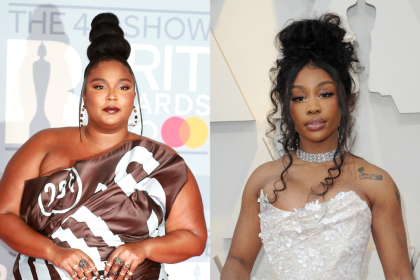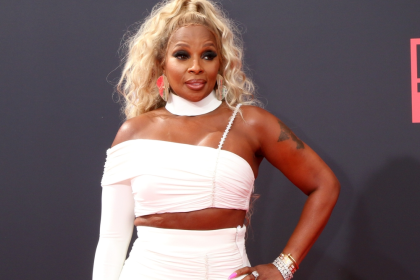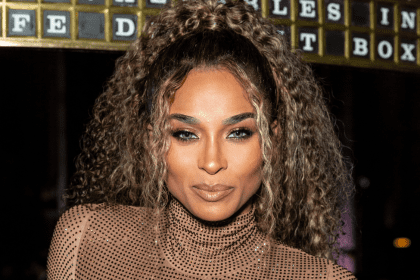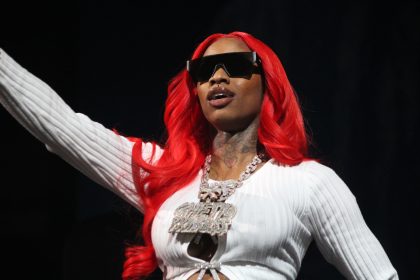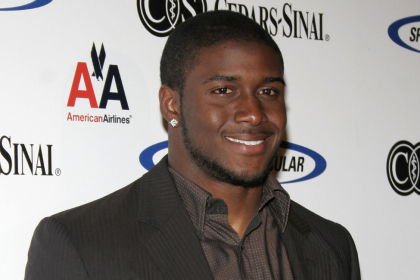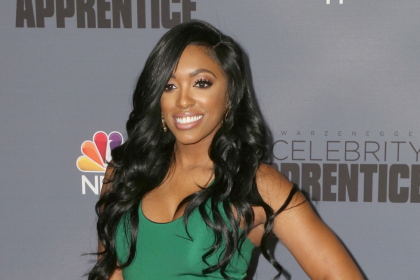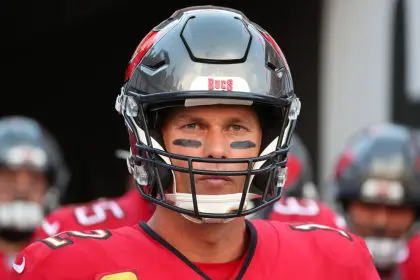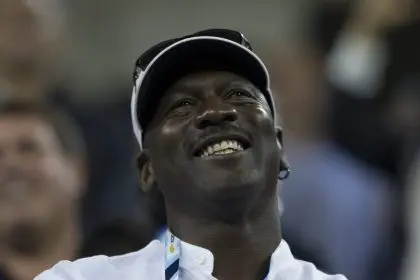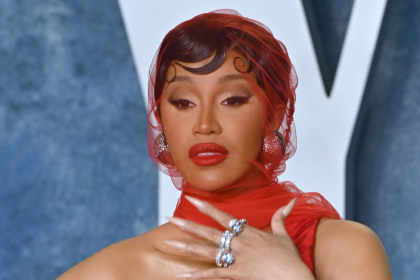A fresh musical controversy has captured the attention of the R&B and hip-hop communities as Ray J publicly accused rising star DDG of appropriating Bobby V’s iconic melody from “Slow Down” for his track “What I Prefer.” The allegations have sparked intense discussions across social media platforms, with fans and industry insiders alike examining the similarities between the two compositions and debating the ethics of melodic borrowing.
The dispute highlights the complex relationship between musical inspiration and originality that has long characterized the entertainment industry. As streaming platforms continue to blur genre lines and increase access to musical archives, questions of creative ownership become increasingly nuanced and contentious. This particular case has resonated with audiences partly because it involves three generations of R&B-influenced artists with distinct career trajectories.
Ray J’s public callout
The controversy ignited when Ray J took to social media with pointed remarks directed at Bobby V, suggesting that DDG should be financially compensating Bobby V for utilizing the melody from “Slow Down,” Bobby V’s breakthrough 2005 hit that dominated airwaves and helped define mid-2000s R&B. Ray J’s comments were unambiguous in their implication that DDG had crossed the line from inspiration to appropriation.
The public nature of Ray J’s accusations transformed what might have been a private industry matter into a public spectacle, inviting fans to become amateur musicologists as they compared the songs in question. Ray J’s position as an industry veteran with connections to both artists added weight to his allegations, though some questioned his motivation for publicly addressing the situation rather than facilitating a private conversation between the parties involved.
Ray J calls Bobby V to tell him DDG owes him money after allegedly taking Bobby’s whole melody from “Slow Down” for his song “what i prefer” 😲pic.twitter.com/8XagfJfe50
— Hotspot (@cliphotspot) May 13, 2025
Fan reactions divide online communities
The allegations immediately triggered passionate responses across digital platforms, with clear divisions emerging among listeners. Many long-time R&B enthusiasts expressed support for Bobby V, arguing that the melodic structure of “Slow Down” represents a distinctive musical signature deserving protection from unauthorized borrowing. These supporters have shared comparisons of the tracks, highlighting what they perceive as undeniable similarities.
Conversely, DDG’s supporters have defended the artist by pointing to the long-established tradition of melodic inspiration in popular music. They argue that countless hit songs share similar melodic structures without constituting theft, and that DDG’s track transforms any borrowed elements into something distinctly contemporary. The debate reflects broader conversations about originality in an era where musical influences are increasingly globalized and accessible.
DDG’s strategic silence
As the controversy continues to unfold, DDG has maintained a conspicuous silence regarding the allegations. This absence of response has become a talking point in itself, with industry observers speculating about potential behind-the-scenes legal consultations or strategic decisions to let the controversy dissipate naturally. In today’s social media landscape, an artist’s response—or lack thereof—can significantly impact public perception and potential resolution.
Music industry experts note that DDG’s silence might be prudent if legal discussions are underway, though prolonged failure to address the situation could be interpreted as tacit acknowledgment of the claims. The rising star faces a delicate balancing act between defending his creative integrity and potentially exacerbating the situation through ill-considered public statements.
Melody ownership in modern music
The controversy illuminates the fundamental importance of melody in establishing a song’s identity and commercial value. While rhythm, lyrics, and production techniques all contribute to a track’s appeal, melody often represents the most recognizable and protected element of musical composition. In the R&B tradition specifically, distinctive melodic phrases frequently become inextricably linked with the artists who popularized them.
The case raises important questions about the distinction between homage and appropriation in contemporary music production. As digital tools make it increasingly easy to reference and incorporate elements from previous works, the industry continues to grapple with establishing clear boundaries around acceptable creative borrowing. This particular dispute may eventually serve as a reference point in ongoing conversations about melodic ownership.
Future implications for the artists involved
As stakeholders await further developments, several potential resolutions remain possible. Bobby V could pursue formal action, seeking financial compensation or credit for melodic contribution. Alternatively, the parties might reach a private settlement that acknowledges the melodic similarity while avoiding protracted legal proceedings. Such disputes occasionally result in retroactive songwriting credits or royalty sharing arrangements.
The controversy also serves as a reminder to emerging artists about the importance of clearing samples and melodic references, particularly when drawing from well-known songs with established commercial success. Industry veterans observe that proactive clearance often proves less costly—both financially and reputationally—than addressing allegations after a song’s release.
The unfolding situation between Ray J, Bobby V, and DDG exemplifies the complex intersection of artistic expression, commercial interests, and legal considerations that continues to shape the music industry’s evolution in the digital age.


